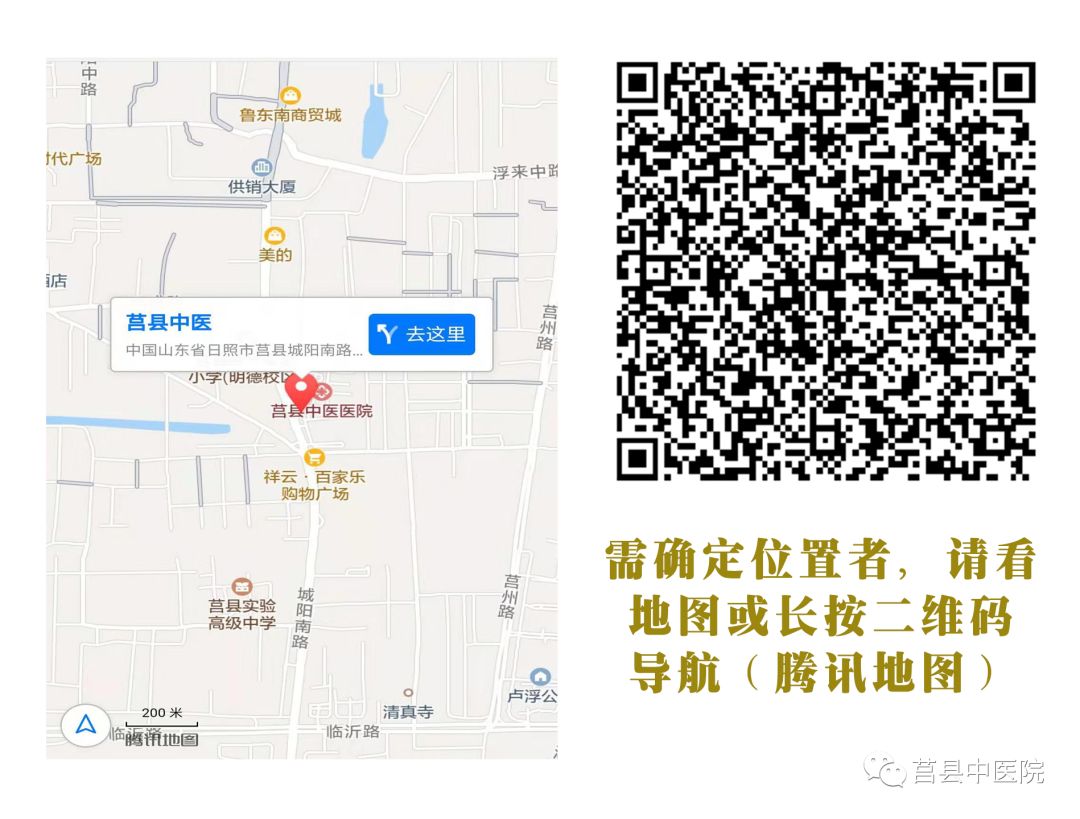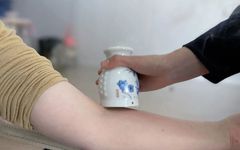1. Warm Acupuncture and Gua Sha
 Warm acupuncture and gua sha is a unique TCM therapy that combines gua sha and moxibustion. It involves burning moxa sticks in a specially designed ceramic moxibustion tool, scraping the skin at a 45° to 90° angle to create subcutaneous bruising, and using the warmth and medicinal properties of moxa to stimulate meridians, acupoints, or painful areas. This technique aims to open the pores, warm the meridians, promote circulation, and expel pathogens.
Warm acupuncture and gua sha is a unique TCM therapy that combines gua sha and moxibustion. It involves burning moxa sticks in a specially designed ceramic moxibustion tool, scraping the skin at a 45° to 90° angle to create subcutaneous bruising, and using the warmth and medicinal properties of moxa to stimulate meridians, acupoints, or painful areas. This technique aims to open the pores, warm the meridians, promote circulation, and expel pathogens.
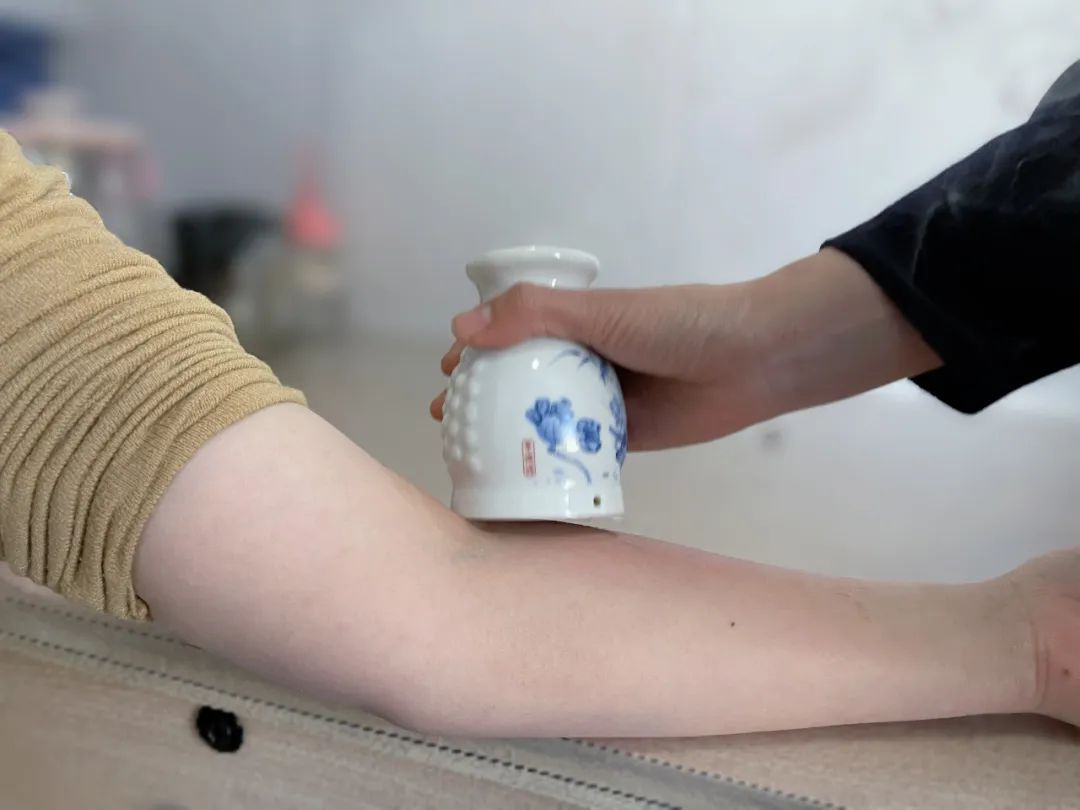
Indications:1. Internal conditions: such as colds, chronic gastritis, insomnia, excessive dreaming, insufficient blood supply to the heart and brain, fatigue, cold intolerance, constipation, high stress, and low immunity.2. External conditions: such as cervical spondylosis, shoulder periarthritis, lumbar disease, and joint pain.3. Gynecological conditions: such as menopause, dysmenorrhea, and gynecological inflammation.Precautions:1. Empty the bladder before treatment, choose a comfortable position, and keep warm.2. During the procedure, inform the practitioner of any discomfort regarding temperature or pressure; slight redness of the skin is normal.3. After treatment, keep warm and avoid exposure to cold for 30 minutes to prevent external pathogens.4. After treatment, advise the patient to drink warm water or lightly salted sugar water and rest for 30 minutes to aid metabolism.
2. Moxibustion
 Moxibustion is one of the commonly used external treatments in TCM, where moxa sticks made from mugwort leaves are ignited and used to warm acupoints or specific body areas. This technique helps to warm the meridians, dispel cold, support Yang, invigorate blood circulation, and reduce swelling, achieving the goal of disease prevention and treatment.Indications:It is suitable for various chronic cold-type diseases and pain caused by cold and dampness, such as epigastric pain, lumbar and back pain, cold pain in the limbs, and menstrual pain. It is also used for conditions caused by insufficient Qi and sinking Yang.Precautions:1. The patient should be in a comfortable position during moxibustion and should not move around to prevent ash from falling and burning the skin or clothing.2. Monitor the skin condition during moxibustion and ask the patient about any burning sensations, adjusting the distance as necessary to prevent burns.3. For patients with diabetes, numbness, or reduced sensation, extra caution is needed to prevent burns. The practitioner can use their thumb and index finger to gauge the heat level around the treatment area to prevent local burns.4. If small blisters appear, no treatment is needed as they will absorb naturally. If larger blisters occur, they can be drained with a sterile syringe and covered with sterile gauze.5. Before and after moxibustion, drinking a cup of warm water is beneficial for detoxification.
Moxibustion is one of the commonly used external treatments in TCM, where moxa sticks made from mugwort leaves are ignited and used to warm acupoints or specific body areas. This technique helps to warm the meridians, dispel cold, support Yang, invigorate blood circulation, and reduce swelling, achieving the goal of disease prevention and treatment.Indications:It is suitable for various chronic cold-type diseases and pain caused by cold and dampness, such as epigastric pain, lumbar and back pain, cold pain in the limbs, and menstrual pain. It is also used for conditions caused by insufficient Qi and sinking Yang.Precautions:1. The patient should be in a comfortable position during moxibustion and should not move around to prevent ash from falling and burning the skin or clothing.2. Monitor the skin condition during moxibustion and ask the patient about any burning sensations, adjusting the distance as necessary to prevent burns.3. For patients with diabetes, numbness, or reduced sensation, extra caution is needed to prevent burns. The practitioner can use their thumb and index finger to gauge the heat level around the treatment area to prevent local burns.4. If small blisters appear, no treatment is needed as they will absorb naturally. If larger blisters occur, they can be drained with a sterile syringe and covered with sterile gauze.5. Before and after moxibustion, drinking a cup of warm water is beneficial for detoxification.
3. Cupping Therapy
 Cupping therapy uses heat to create a vacuum in cups that are then applied to the skin, causing a bruise effect. This therapy can expel cold, dispel dampness, unblock meridians, remove stagnation, invigorate blood circulation, reduce swelling and pain, and eliminate toxins and heat, thus balancing Yin and Yang, relieving fatigue, and enhancing physical strength.
Cupping therapy uses heat to create a vacuum in cups that are then applied to the skin, causing a bruise effect. This therapy can expel cold, dispel dampness, unblock meridians, remove stagnation, invigorate blood circulation, reduce swelling and pain, and eliminate toxins and heat, thus balancing Yin and Yang, relieving fatigue, and enhancing physical strength.
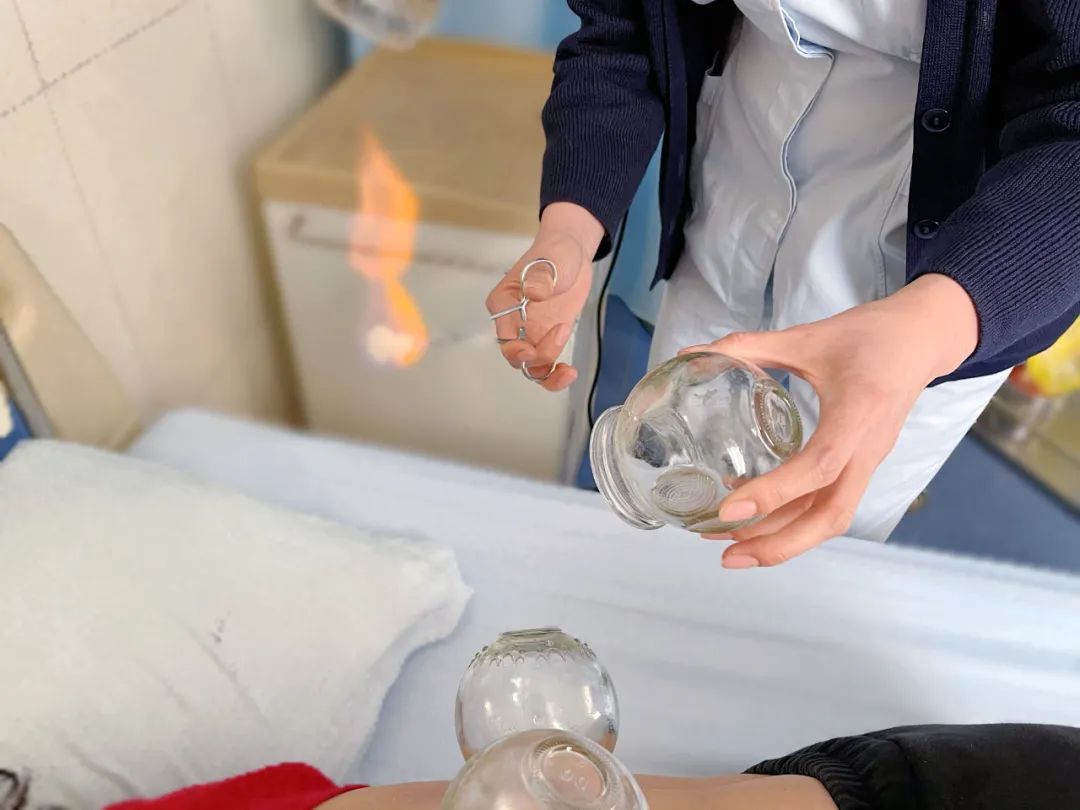
Indications:1. Colds, fever, cough, and other lung-related diseases;2. Gastrointestinal disorders, such as stomach pain, abdominal pain, and diarrhea;3. Acute and chronic soft tissue injuries, such as ankle sprains, shoulder periarthritis, and tennis elbow;4. Neck, shoulder, waist, and leg pain, such as cervical spondylosis and lumbar disease;5. Rheumatic pain, such as ankylosing spondylitis, gout, and knee arthritis;6. Obesity;7. Ulcers, acne, etc.Precautions:1. Cupping time is generally 10 to 15 minutes; do not leave the cups on for too long.2. After cupping, localized redness and itching should not be scratched; these symptoms will dissipate after several hours or days.3. It is normal for localized skin to show water droplets, petechiae, or bruising after cupping.4. If blisters appear: minor blisters should be protected from breaking and will absorb naturally; larger blisters can be punctured at the base with a sterilized needle to drain fluid, and covered with sterile gauze to prevent infection.5. Avoid bathing or exposure to wind within 4 hours after cupping to prevent catching a cold.
4. Chinese Herbal Poultice
 The Chinese herbal poultice combines TCM external treatment with modern transdermal drug delivery technology. Through the combined effects of infrared and magnetic fields, the active ingredients of the herbs penetrate the muscles and joints, enhancing local blood circulation, reducing tissue swelling, and promoting the absorption of aseptic inflammation, thereby relieving muscle and tendon spasms and soft tissue adhesions, achieving pain relief, swelling reduction, and restoration of joint mobility.Indications:1. Neck and back pain, joint pain, soft tissue injuries, bruises, and sprains (after 48 hours);2. Chronic inflammation such as shoulder periarthritis, rheumatoid arthritis, and synovitis;3. Colds, coughs, rhinitis, abdominal pain, gastric cold, vomiting, and diarrhea;4. Dysmenorrhea, pelvic inflammatory disease, adnexitis, pelvic masses, uterine fibroids, ovarian cysts, endometriosis, adenomyosis, and postpartum pain.Precautions:1. Do not use on patients with skin allergies or local skin lesions.2. Not recommended during pregnancy; use with caution during breastfeeding and menstruation.3. Use with caution for unknown masses or bleeding tendencies.4. Cold compress treatment is recommended within 24 hours after injury; do not massage or apply poultice.
The Chinese herbal poultice combines TCM external treatment with modern transdermal drug delivery technology. Through the combined effects of infrared and magnetic fields, the active ingredients of the herbs penetrate the muscles and joints, enhancing local blood circulation, reducing tissue swelling, and promoting the absorption of aseptic inflammation, thereby relieving muscle and tendon spasms and soft tissue adhesions, achieving pain relief, swelling reduction, and restoration of joint mobility.Indications:1. Neck and back pain, joint pain, soft tissue injuries, bruises, and sprains (after 48 hours);2. Chronic inflammation such as shoulder periarthritis, rheumatoid arthritis, and synovitis;3. Colds, coughs, rhinitis, abdominal pain, gastric cold, vomiting, and diarrhea;4. Dysmenorrhea, pelvic inflammatory disease, adnexitis, pelvic masses, uterine fibroids, ovarian cysts, endometriosis, adenomyosis, and postpartum pain.Precautions:1. Do not use on patients with skin allergies or local skin lesions.2. Not recommended during pregnancy; use with caution during breastfeeding and menstruation.3. Use with caution for unknown masses or bleeding tendencies.4. Cold compress treatment is recommended within 24 hours after injury; do not massage or apply poultice.
5. Chinese Herbal Paste
 Chinese herbal paste therapy is an external treatment method in TCM, known for its ease of operation, safety, effectiveness, and wide range of indications. The herbal paste technique is made from a special blend of multiple herbs, applied to the affected area with gauze, while using infrared lamps for local heat therapy to dilate capillaries, achieving warming, blood circulation, swelling reduction, pain relief, meridian unblocking, liver and kidney tonification, Qi regulation, and promoting recovery from injuries.Indications:1. Respiratory system indications: pneumonia, chronic bronchitis;2. Digestive system indications: ascites and bloating caused by primary liver cancer, indigestion;3. Musculoskeletal system indications: cervical spondylosis, shoulder periarthritis, lumbar disc herniation, osteoarthritis of the knee, rheumatoid arthritis, ankylosing spondylitis, heel pain, and acute joint sprains;4. Neurological system indications: diabetic peripheral neuropathy, limb swelling after stroke, and shoulder-hand syndrome after stroke;5. Other indications: eczema, solar dermatitis, chronic pelvic inflammatory disease, and chemotherapy-induced phlebitis.Precautions:1. Before performing Chinese herbal paste treatment, assess the patient’s local skin condition; do not use if there are ulcers or skin allergies.2. The temperature of the infrared lamp should be tolerable for the patient; monitor the patient during treatment and adjust the temperature or distance of the lamp to prevent burns or other discomfort.
Chinese herbal paste therapy is an external treatment method in TCM, known for its ease of operation, safety, effectiveness, and wide range of indications. The herbal paste technique is made from a special blend of multiple herbs, applied to the affected area with gauze, while using infrared lamps for local heat therapy to dilate capillaries, achieving warming, blood circulation, swelling reduction, pain relief, meridian unblocking, liver and kidney tonification, Qi regulation, and promoting recovery from injuries.Indications:1. Respiratory system indications: pneumonia, chronic bronchitis;2. Digestive system indications: ascites and bloating caused by primary liver cancer, indigestion;3. Musculoskeletal system indications: cervical spondylosis, shoulder periarthritis, lumbar disc herniation, osteoarthritis of the knee, rheumatoid arthritis, ankylosing spondylitis, heel pain, and acute joint sprains;4. Neurological system indications: diabetic peripheral neuropathy, limb swelling after stroke, and shoulder-hand syndrome after stroke;5. Other indications: eczema, solar dermatitis, chronic pelvic inflammatory disease, and chemotherapy-induced phlebitis.Precautions:1. Before performing Chinese herbal paste treatment, assess the patient’s local skin condition; do not use if there are ulcers or skin allergies.2. The temperature of the infrared lamp should be tolerable for the patient; monitor the patient during treatment and adjust the temperature or distance of the lamp to prevent burns or other discomfort.
6. Umbilical Therapy
 The umbilicus, also known as the navel, is referred to as Shenque in TCM. Umbilical moxibustion is a TCM therapy that involves moxibustion at the navel, utilizing the thin skin and high sensitivity of the area for rapid absorption. The pure Yang heat from the moxa penetrates the skin, stimulating tissues to harmonize Qi and blood, unblock meridians, and achieve disease prevention and health maintenance.
The umbilicus, also known as the navel, is referred to as Shenque in TCM. Umbilical moxibustion is a TCM therapy that involves moxibustion at the navel, utilizing the thin skin and high sensitivity of the area for rapid absorption. The pure Yang heat from the moxa penetrates the skin, stimulating tissues to harmonize Qi and blood, unblock meridians, and achieve disease prevention and health maintenance.
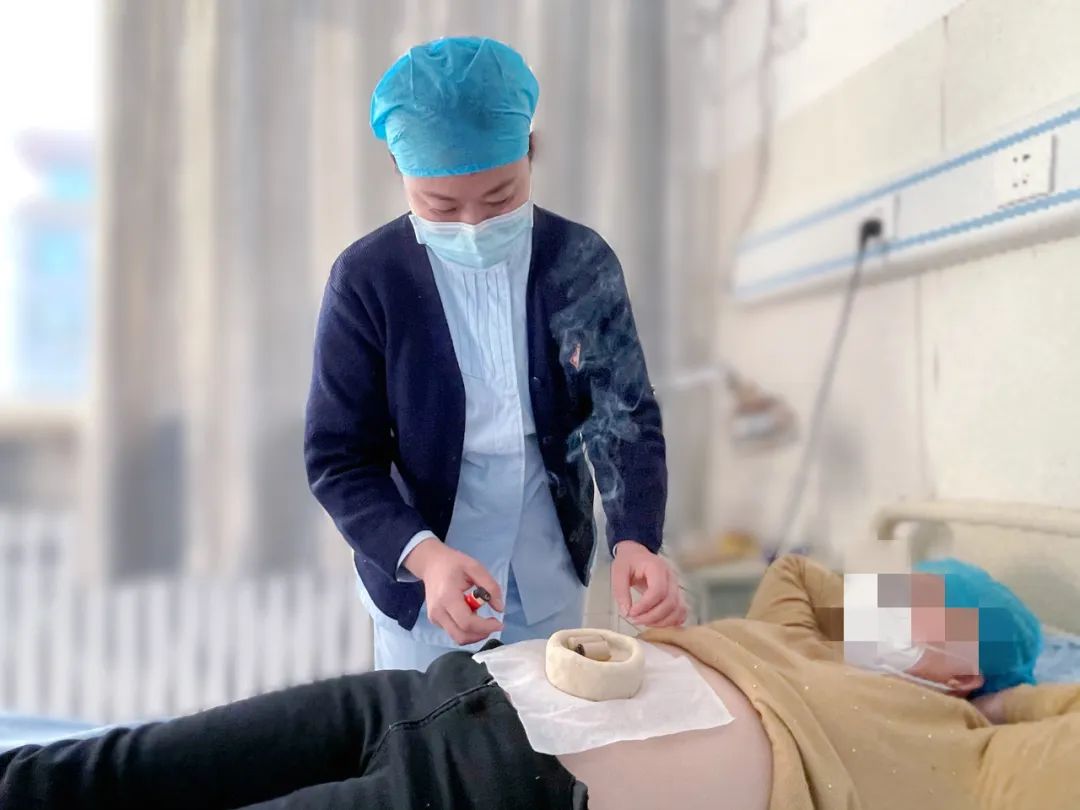
Indications:It has effects on the digestive, absorption, urinary, reproductive, nervous, and cardiovascular systems. It can enhance the body’s immunity and is widely used for internal, external, gynecological, pediatric, dermatological, and otolaryngological diseases, as well as for health maintenance.Precautions:1. Clearly identify the disease, differentiate syndromes, and select and prepare the appropriate umbilical medication.2. If there is a rash or itching at the application site after umbilical treatment, pause for 3-5 days; if ulcers occur, stop umbilical treatment and switch to other therapies.
7. Wax Therapy

Wax therapy is a physical therapy method that uses heated wax applied to the affected area or immersing the affected area in wax liquid. It has mechanical effects that eliminate swelling, enhance warmth, and soften scars.
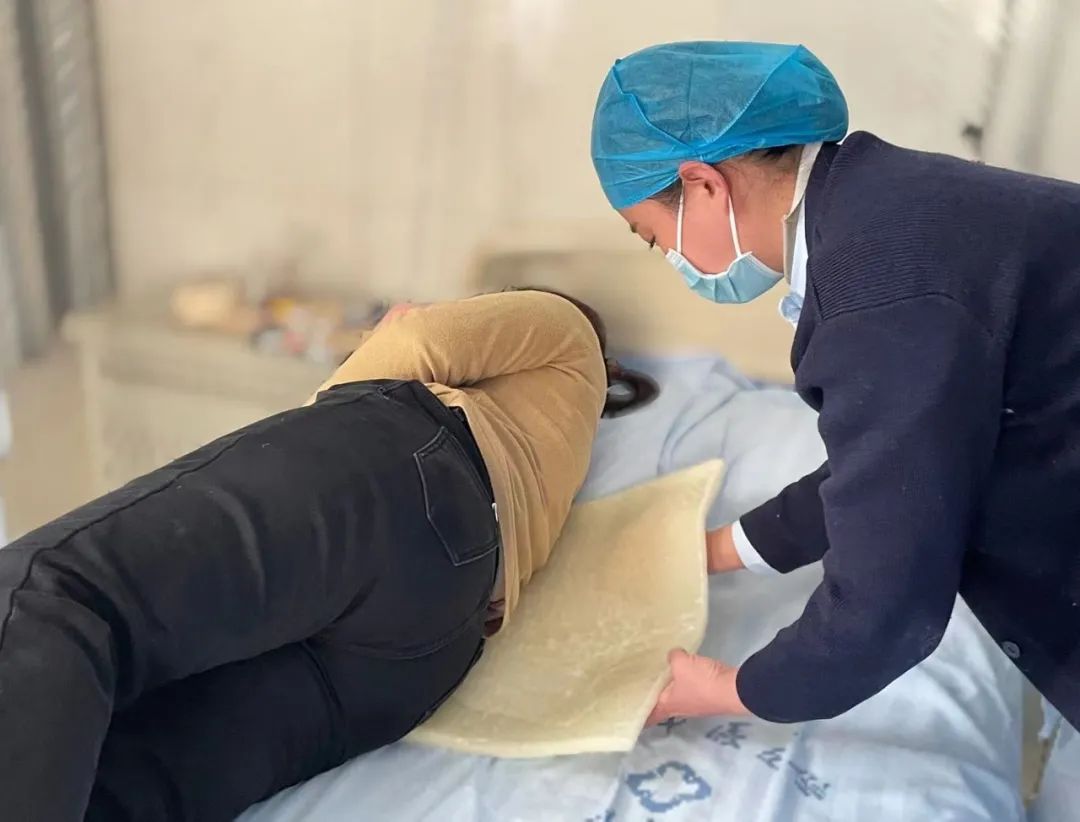
Indications:
1. Neck, back, and joint pain, soft tissue injuries, bruises, and sprains (after 48 hours);
2. Chronic inflammation such as shoulder periarthritis, rheumatoid arthritis, and synovitis.
Precautions:
1. Patients may sweat during wax therapy; ensure hydration before treatment.
2. Report any discomfort during treatment to the nursing staff immediately.
3. After treatment, keep warm and do not leave the treatment room immediately to prevent catching a cold or wind.
8. Heat-Sensitive Moxibustion

Heat-sensitive moxibustion uses ignited moxa sticks to produce heat at sensitive acupoints, stimulating heat conduction and Qi transmission, and applying individualized saturation doses of moxibustion to enhance therapeutic effects.
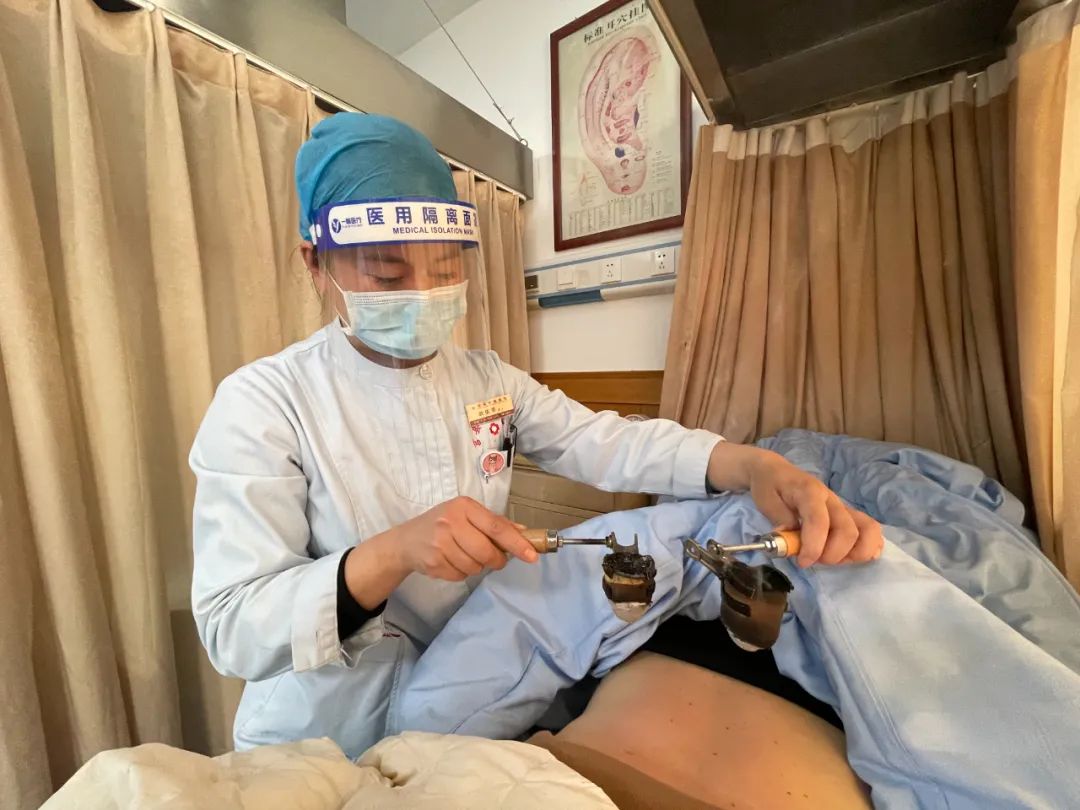
Indications:
1. Any disease presenting with heat-sensitive acupoints, regardless of whether it is a heat syndrome, cold syndrome, deficiency syndrome, or excess syndrome, is an indication for heat-sensitive moxibustion.
2. Heat-sensitive moxibustion can significantly improve the efficacy of conditions such as lumbar disc herniation, cervical spondylosis, facial paralysis, osteoarthritis of the knee, myofascial pain syndrome, gynecological diseases, ankylosing spondylitis, and sub-healthy populations.
Precautions:1. Understand the operation process in detail to alleviate any fear or anxiety about moxibustion.2. During moxibustion, adopt a comfortable position that allows full exposure of the treatment area, considering the patient’s age, gender, constitution, and condition.3. The moxibustion dosage should vary according to the patient’s condition and individual differences.4. Do not perform moxibustion on infants, comatose patients, areas with sensory loss, skin ulcers, during the acute phase of hemorrhagic cerebrovascular diseases, blood disorders, or on the abdomen and lower back of pregnant women.5. Avoid moxibustion when overly hungry, full, fatigued, or intoxicated.6. Take care to prevent moxa from falling and burning the patient or igniting clothing or bedding.7. After treatment, ensure that the burning moxa is extinguished to prevent re-ignition. TCM Health Guidance (1) Daily Living Principles 1. Follow nature 2. Balance Yin and Yang 3. Regular routine 4. Moderate work and rest 5. Avoid external pathogens 6. Nourish body and spirit (2) Emotional Care 1. Seven emotions: joy, anger, worry, thought, sadness, fear, and shock 2. Seven emotions can damage the five organs: joy harms the heart, anger harms the liver, thought harms the spleen, sadness harms the lungs, fear harms the kidneys 3. Basic principles of emotional care: (1) Sincere and considerate, comprehensive care (2) Targeted care based on individual needs (3) Cultivate tranquility and reduce desires (4) Promote joy and optimism 4. Basic methods of emotional care: (1) Verbal encouragement (2) Cultivate tranquility (3) Change emotions (4) Emotional regulation (5) Follow emotions to relieve depression (3) Dietary Care 1. Basic principles of dietary care: (1) Eat in moderation, at regular times (2) Harmonize the four Qi, avoid strong flavors (3) Eat light foods, avoid rich flavors (4) Maintain hygiene and good habits (5) Differentiate food based on syndrome, matching food to individual needs (6) Differentiate food based on medicine, avoiding specific foods (7) Tailor food to individuals and seasons 2. Classification of food properties: (1) Hot foods (2) Warm foods (3) Cold foods (4) Cool foods (5) Neutral foods (6) Nourishing foods (clearing, warming, neutral) (7) Dispersing foods 3. Principles of dietary differentiation: “Nourish the deficient,” “Drain the excess,” “Cool the hot,” “Warm the cold” (1) Dietary differentiation must consider individual constitution; for example, overweight individuals with phlegm-dampness should eat more light, phlegm-reducing foods; thin individuals with Yin deficiency and blood deficiency should eat more Yin-nourishing and fluid-generating foods. (2) In spring, when everything begins to grow and Yang energy rises, avoid fatty and spicy foods to prevent excessive Yang; eat more light vegetables, beans, and bean products. (3) In summer, when it is hot and rainy, eat sweet, cold, and light foods, such as mung beans, watermelon, and duck meat. (4) For patients with deficiency syndromes, provide foods that nourish Yin, support Yang, tonify Qi, and replenish blood according to their specific deficiencies. (5) For patients with excess syndromes, provide various foods to eliminate excess pathogens based on their specific conditions, such as clearing heat, transforming phlegm, invigorating blood, and expelling water. (6) For cold-type diseases, provide warming foods for treatment. (7) For heat-type diseases, provide cooling foods for treatment.
TCM Health Guidance (1) Daily Living Principles 1. Follow nature 2. Balance Yin and Yang 3. Regular routine 4. Moderate work and rest 5. Avoid external pathogens 6. Nourish body and spirit (2) Emotional Care 1. Seven emotions: joy, anger, worry, thought, sadness, fear, and shock 2. Seven emotions can damage the five organs: joy harms the heart, anger harms the liver, thought harms the spleen, sadness harms the lungs, fear harms the kidneys 3. Basic principles of emotional care: (1) Sincere and considerate, comprehensive care (2) Targeted care based on individual needs (3) Cultivate tranquility and reduce desires (4) Promote joy and optimism 4. Basic methods of emotional care: (1) Verbal encouragement (2) Cultivate tranquility (3) Change emotions (4) Emotional regulation (5) Follow emotions to relieve depression (3) Dietary Care 1. Basic principles of dietary care: (1) Eat in moderation, at regular times (2) Harmonize the four Qi, avoid strong flavors (3) Eat light foods, avoid rich flavors (4) Maintain hygiene and good habits (5) Differentiate food based on syndrome, matching food to individual needs (6) Differentiate food based on medicine, avoiding specific foods (7) Tailor food to individuals and seasons 2. Classification of food properties: (1) Hot foods (2) Warm foods (3) Cold foods (4) Cool foods (5) Neutral foods (6) Nourishing foods (clearing, warming, neutral) (7) Dispersing foods 3. Principles of dietary differentiation: “Nourish the deficient,” “Drain the excess,” “Cool the hot,” “Warm the cold” (1) Dietary differentiation must consider individual constitution; for example, overweight individuals with phlegm-dampness should eat more light, phlegm-reducing foods; thin individuals with Yin deficiency and blood deficiency should eat more Yin-nourishing and fluid-generating foods. (2) In spring, when everything begins to grow and Yang energy rises, avoid fatty and spicy foods to prevent excessive Yang; eat more light vegetables, beans, and bean products. (3) In summer, when it is hot and rainy, eat sweet, cold, and light foods, such as mung beans, watermelon, and duck meat. (4) For patients with deficiency syndromes, provide foods that nourish Yin, support Yang, tonify Qi, and replenish blood according to their specific deficiencies. (5) For patients with excess syndromes, provide various foods to eliminate excess pathogens based on their specific conditions, such as clearing heat, transforming phlegm, invigorating blood, and expelling water. (6) For cold-type diseases, provide warming foods for treatment. (7) For heat-type diseases, provide cooling foods for treatment.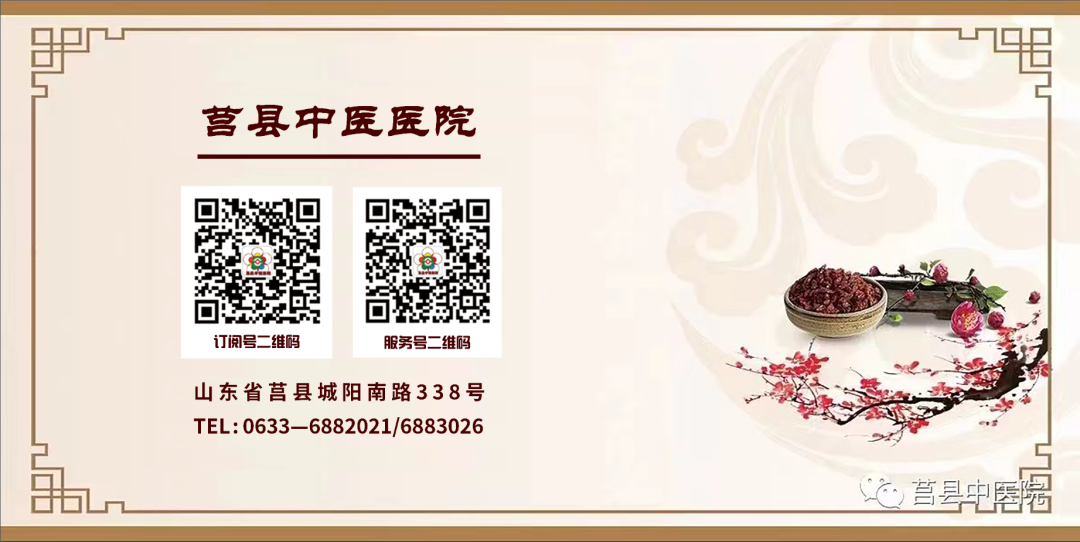
Written by: Acupuncture Department
Edited by: Chen Xiangmin
Reviewed by: Wei Yanle
Checked by: Cui Shenxun
Juxian TCM Hospital Publicity Department

